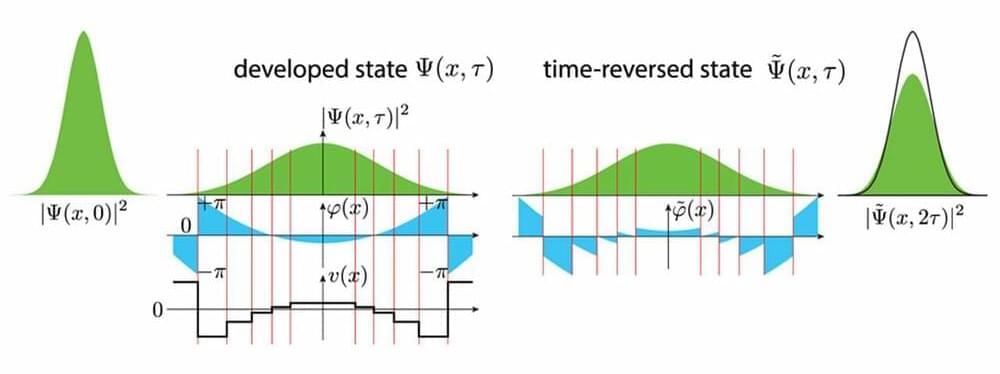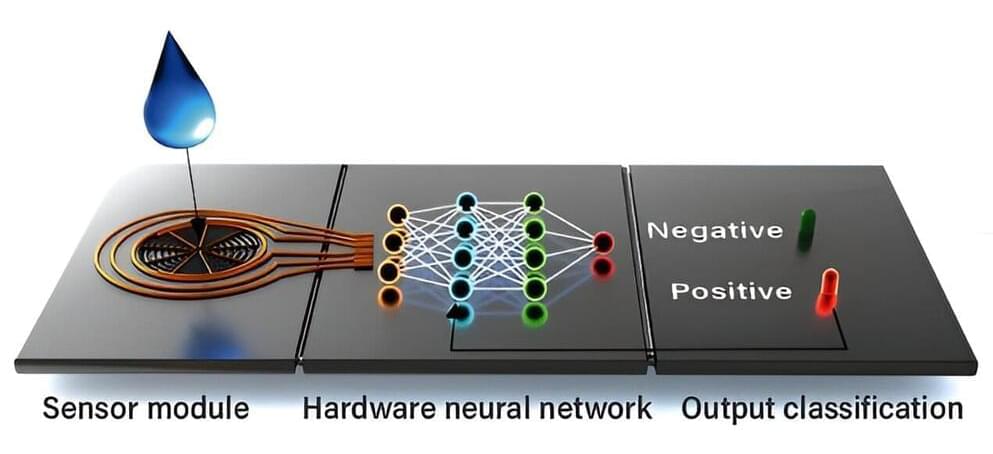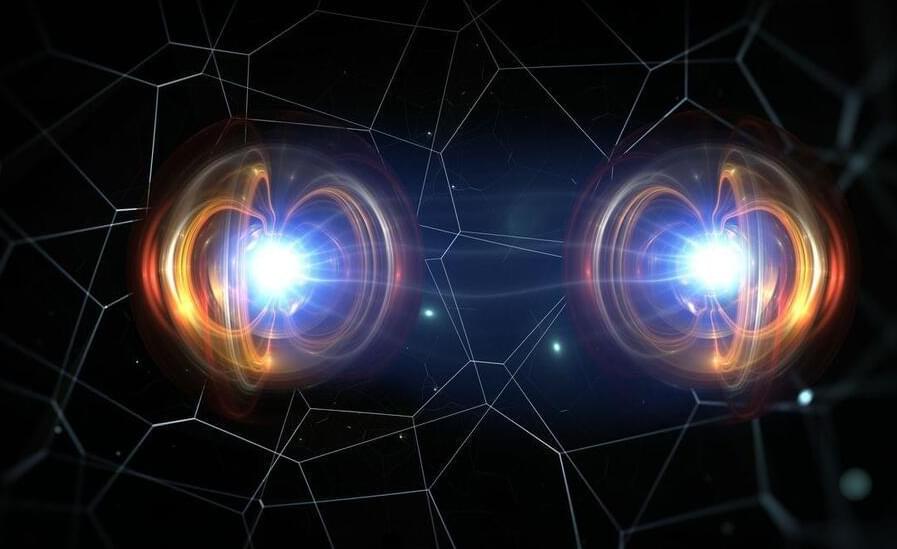Jan 19, 2024
Researchers reverse the flow of time on IBM’s quantum computer
Posted by Dan Breeden in categories: computing, quantum physics
We all mark days with clocks and calendars, but perhaps no timepiece is more immediate than a mirror. The changes we notice over the years vividly illustrate science’s “arrow of time”—the likely progression from order to disorder. We cannot reverse this arrow any more than we can erase all our wrinkles or restore a shattered teacup to its original form.
Or can we?
An international team of scientists led by the U.S. Department of Energy’s (DOE) Argonne National Laboratory explored this question in a first-of-its-kind experiment, managing to return a computer briefly to the past. The results, published March 13 in the journal Scientific Reports, suggest new paths for exploring the backward flow of time in quantum systems. They also open new possibilities for quantum computer program testing and error correction.
















